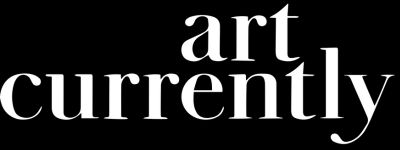Maker of the goods, ceramicist Ethan Streicher talks pottery
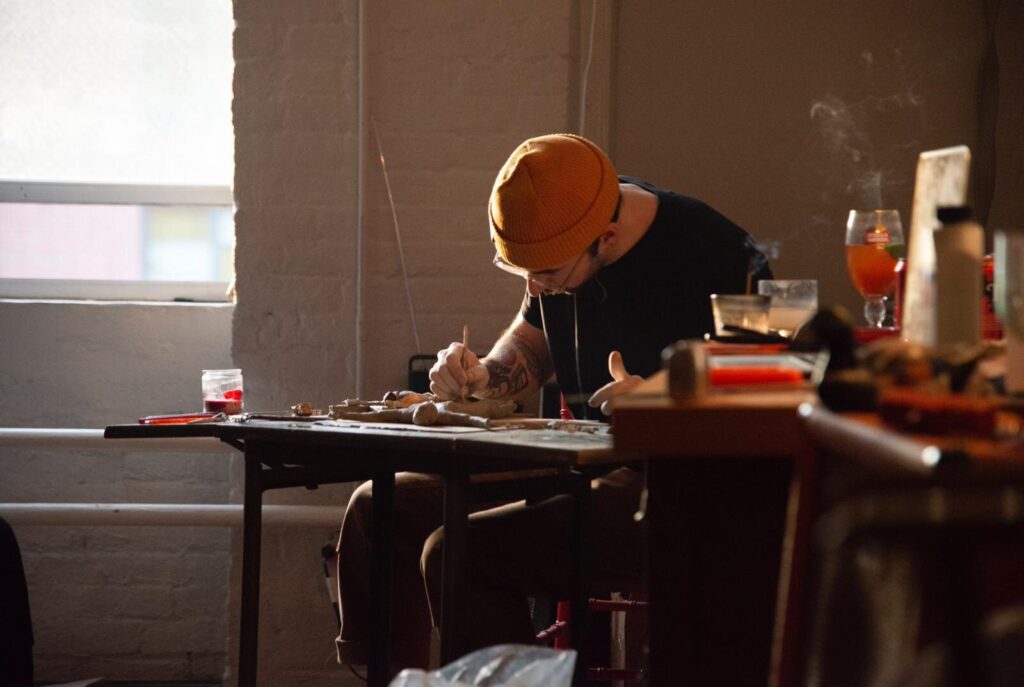
Brooklyn has become an electric hotspot for seasoned and novice ceramicists alike, with pottery studios continuing to crop up in several neighborhoods across the borough. This abundance has led multidisciplinary artist Ethan Streicher into the world of clay somewhat by chance. Spending the past few years incorporating ceramics into his already impressive roster as an artist of many mediums, Streicher always looks to adapt and modify his process with clay.
At his day job as a graphic designer in 2019, Streicher was serendipitously invited to a colleague's Bushwick studio. "I probably would not have chosen to even try ceramics if Nicole hadn't first invited me," the artist candidly admits. Nicole Brunner, now owner of Wild Bower Ceramics in the Catskills, served as Streicher's first ceramics mentor. Upon learning the art of handbuilding at Brunner's studio, Streicher found enjoyment in transforming clay into functional, usable wares which grew an overarching desire to excel in the practice.
With a background in design and illustration, Streicher utilizes a keen eye to adorn the surface walls of his pots. When he began his ceramics career, he notably gravitated towards intricate underglaze drawings of select motifs including snakes and faces. Though he did find success with his initial serpentine linework, the desire to break away from stagnation motivated Streicher to ultimately pursue a different direction for his designs.
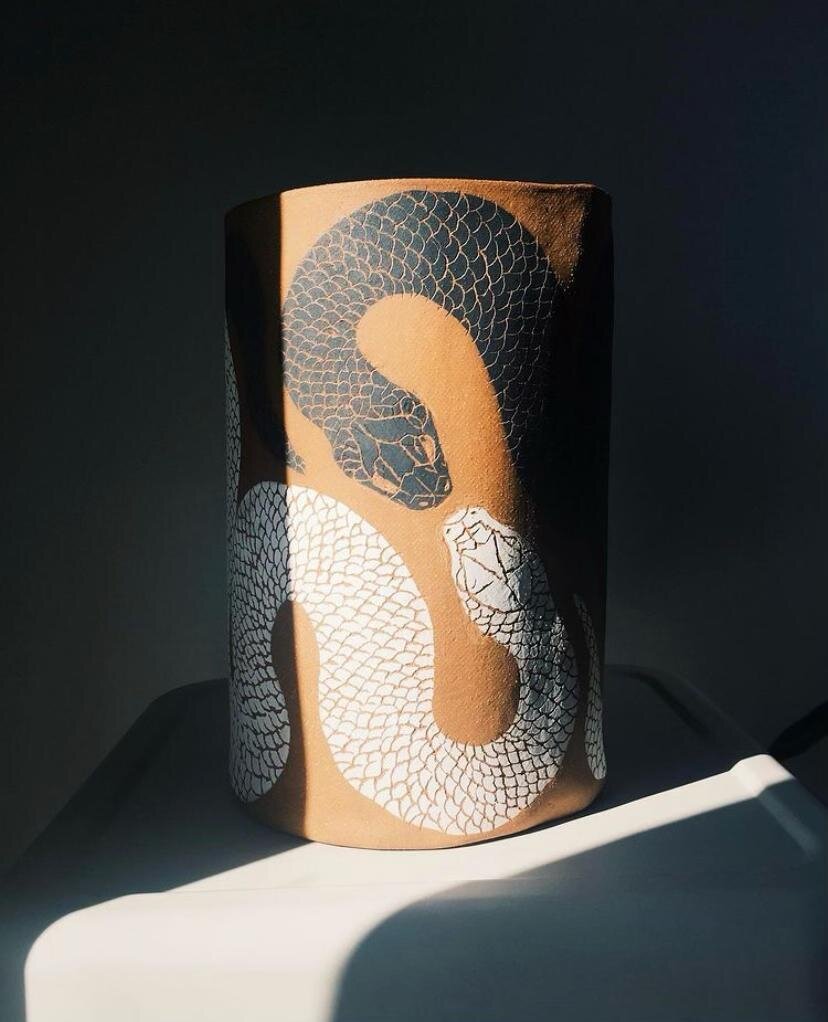
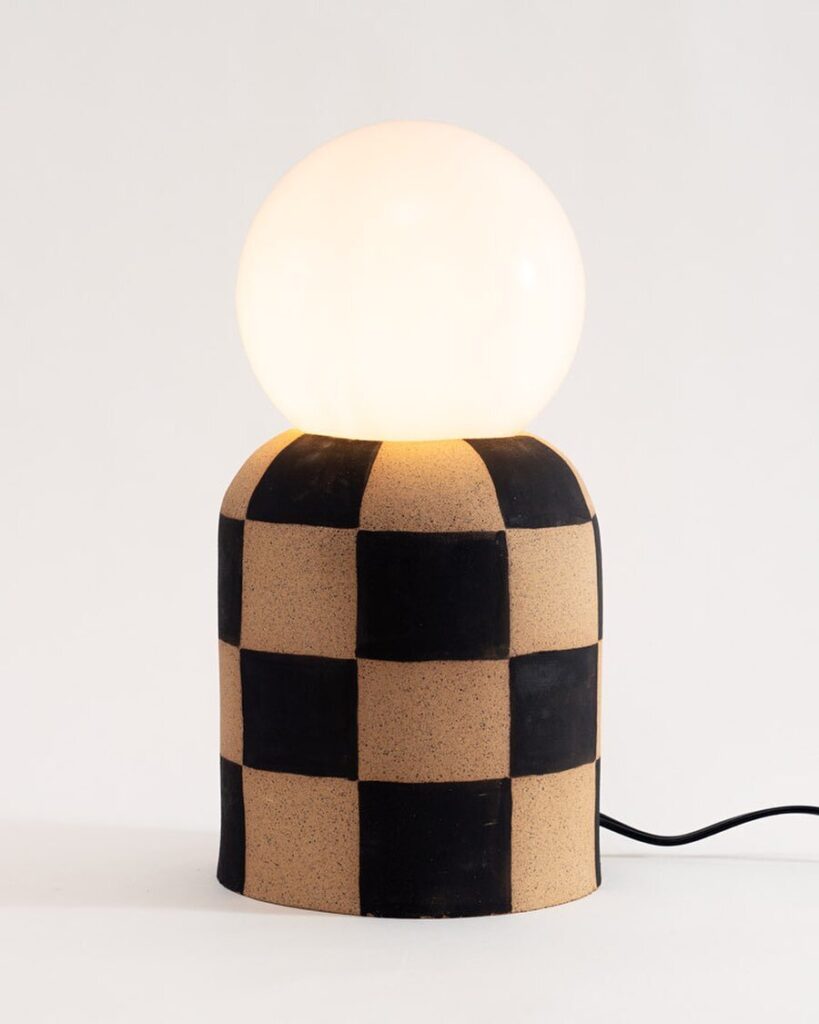
Streicher now approaches ceramics with a mid-century design aesthetic through a soft color palette and a hearty overall shape of his hand built vessels. Creator by osmosis, and influenced by his own parents whom he considers taste-makers, he fondly recalls, "a lot of my favorite artists are illustrators or designers, but I'm slowly gaining knowledge of more ceramicists. I've always loved Alex Pardee's stuff, Sailor Jerry, Stephen Powers, Barry McGee, Geoff McFetridge, KidRobot's toys, and Jon Contino." Just recently, the Brooklyn-based artist teamed up with David Heo and Tchotchke Gallery to produce a limited edition run of 15 ashtrays, which sold out within just 48 hours. The team is slated to release a second run of ashtrays within the next few weeks for those lucky enough to have snagged a spot on the waitlist.
I recently spoke with Streicher about his projects, what a typical day in the studio looks like for him, and what his progression into a successful multidisciplinary artist has looked like.
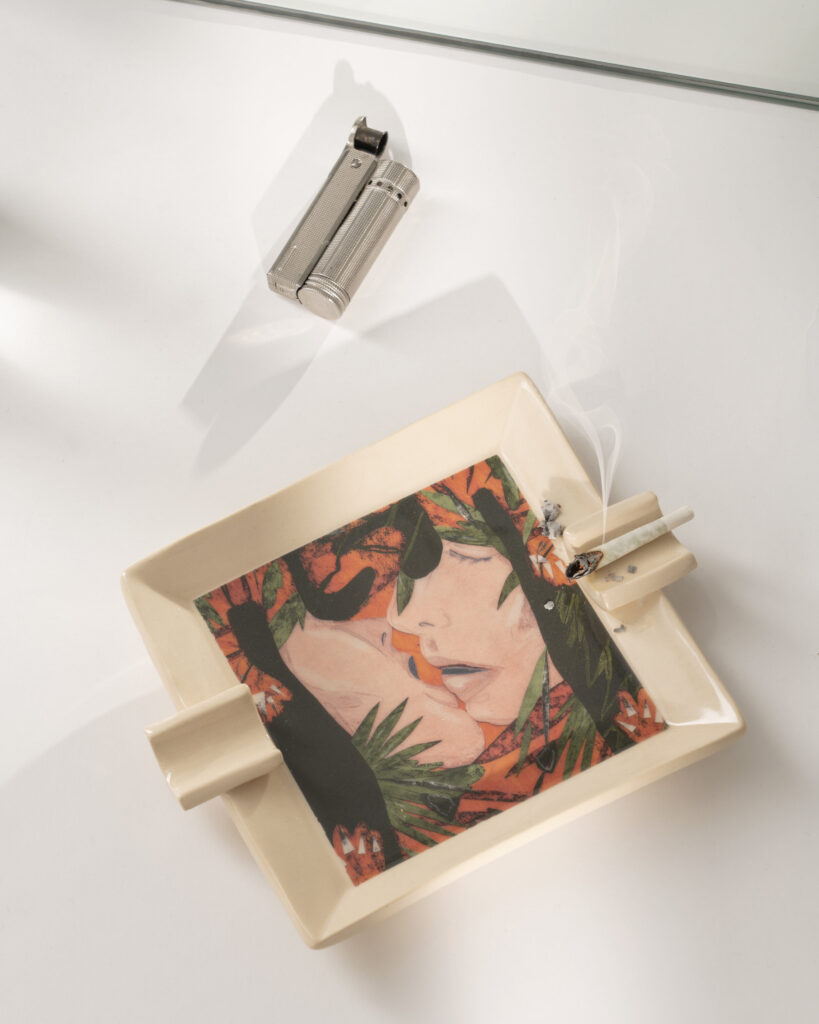
(Q.) Did you have fun with the David Heo collaboration?
Yeah, I think the process was cool. One of the prototypes that we made is actually an ashtray that I really like separately; but, it was going to be problematic for the actual design with David. It was a classic, bowl-shaped, seventies, meaty tray. But I feel like getting David's image down on a concave surface would have been problematic. I didn't want anything to hiccup with the timeline. But, overall it was really fun.
This is the first time I've really done production where it's a number of the same object. But it's cool to figure out a process. I think it was interesting to be like, "Okay, if I'm going to go to the studio and I'm going to make, like 10 right now." I would have to cut up all these specific parts and have everything drying. It felt almost robotic in a way but I found a rhythm.
(Q.) So I know that you're a multidisciplinary artist. What other projects have you worked on in the past and what are you currently working on?
Yeah, so I guess a little bit of background. I went to college but I wasn't really sure what I was going to go to school to be. When I went to college, I thought I wanted to be an illustration major, or at least, major in studio art. I took a design class, and ended up actually really liking it. It was a good way to mix the skills I had with more of a career path.
So I did that, and now my day job is doing graphic design work. Right now, I work for a telehealth company called Ro. I do a bunch of marketing and advertising. Outside of doing that, I think stepping away from the computer and just doing something tactile is important. In this case, it's ceramics. Before ceramics, I was working on a project called Lines N Shit. I was doing sketches of people on the train in my notebook and it was like, 'Okay, I need to figure out if I want this to be a thing. I need to set a goal and chip away at that goal versus being aimless.' I basically bought 100 canvases, stacked them on my shelf, and would take one down weekly to transfer a face from my sketchbook, or a face that I'd seen that day. I would draw it on the canvas in more of a finished form. In the end, I had 100 and tried to go around to galleries and be like, 'hey, I've just finished a project. Can you hang it up in your gallery?' and then I realized that's not how it works. But, I was lucky enough to randomly go into a coffee shop down the street from me and my work did end up hanging for like three months which is kind of cool.
I also like screenprinting a lot too but I don't really have the space for it, plus the memberships in Brooklyn are a little expensive. For me, I kind of had to pick a lane. It's just trying to balance where I could really spend my time to create successfully versus feeling scrambled.
(Q.) I know artists have different routines when they start their day in the studio. What is a typical workday like for you?
A lot of times, I come in with a game plan of what I want to make that day, start sketching and figure out the steps to make it. I kind of just go from there. It's a mix of making new stuff and then continuing to work on the stuff that's on my shelf from the day before. This is where my meticulousness comes in. Whenever I'm done building something it's pretty rough, so I always end up wet sanding a lot and using a rib to make it smooth.
I also currently handbuild and don't know how to throw on the pottery wheel yet. Throwing is something I want to learn just to do the smaller, symmetrical things that just seem to make more sense on the wheel.
(Q.) Where do you get your inspiration from?
That's a tough question to pin-point. My inspiration is a bit all over the place, and comes from random things. The vintage look of my recent ceramics comes from mid-century aesthetics, with some funky colors that are a bit more 60s inspired. I also love to browse home or architecture magazines to get inspiration for shapes.
(DD.) I was going to say your work is very reminiscent of a mid-century design aesthetic.
Yeah, a lot of it probably comes from my parents. My parents have all this weird, kooky shit around their house. I really like my dad's art taste. There's always random, mid-century stuff in their house or stuff that they send me and I feel like that's been a big part of it, at least taste-wise. My dad has been a big tastemaker for me.
(Q.) Is there anything else you are currently working on? Any upcoming projects?
I'm always making stuff, whether it's for one-off commissions or just for myself. I've been collaborating with Knickerbocker NYC, a menswear brand, to create a collection of home goods for their flagship store that will be opening on Canal St. in Manhattan. The brand's motif is b&w checkers, so I'll be making a number of home goods like lamps, catch-all trays, essential oil diffusers, etc. I'm pretty pumped for it.
But otherwise I'm just still making stuff. With ceramics, I think I'm at a point where I'm trying to figure out different things to do. I recently had some unexpected stuff happen with a glaze. And then I was like, 'Oh, that's kind of cool.' I don't know I feel like I've gotten to a point where I was doing a lot of underglaze painting and pattern painting so I feel like the next thing is just to experiment a little bit more. That's kind of it for now, just continuing to go and make.
You can find Ethan Streicher's work here.
Images: (lead, and center ceramics): Courtesy the artist
(ashtrays) Art and design by David Heo and Ethan Streicher, Limited edition of 15, 7 x 5 1/2 x 1 inches, Photos by Sean Davidson
